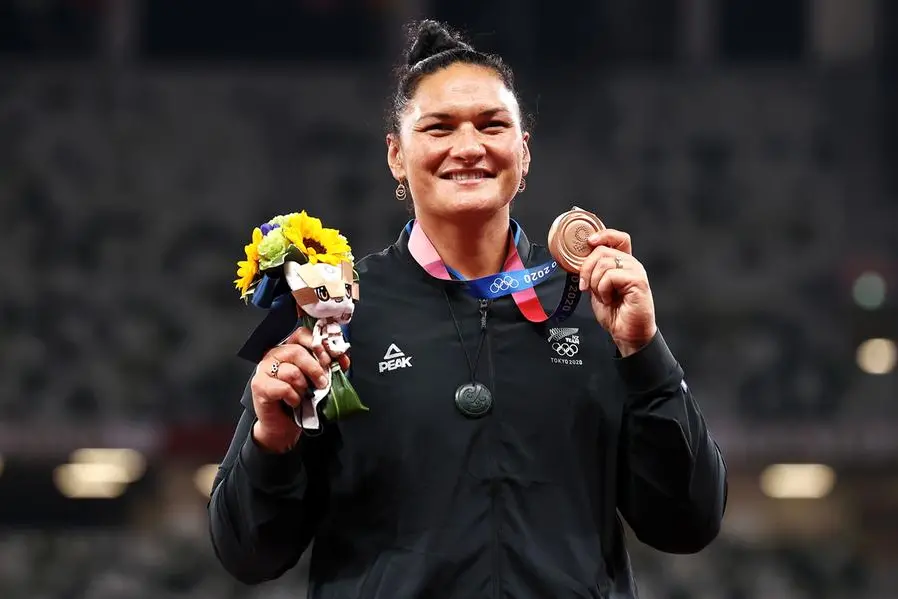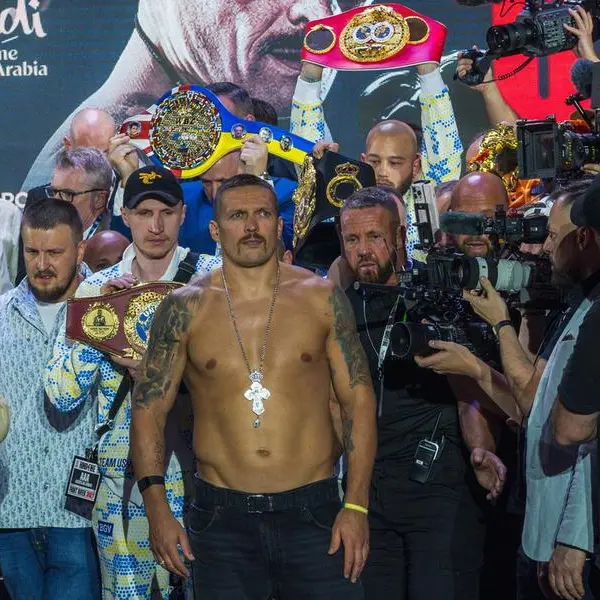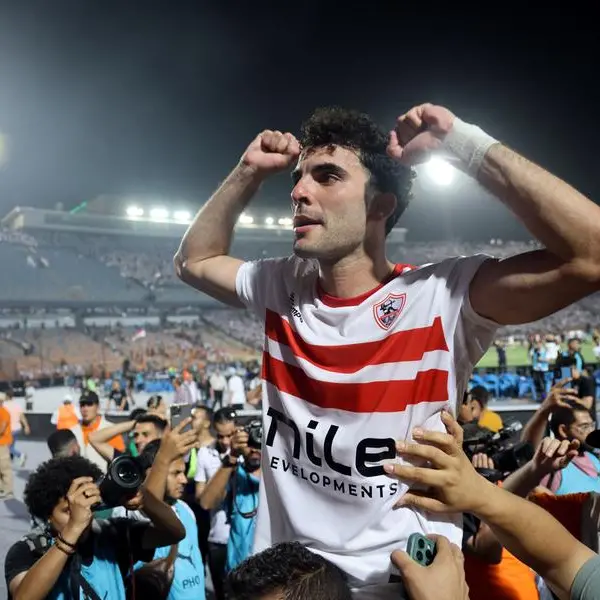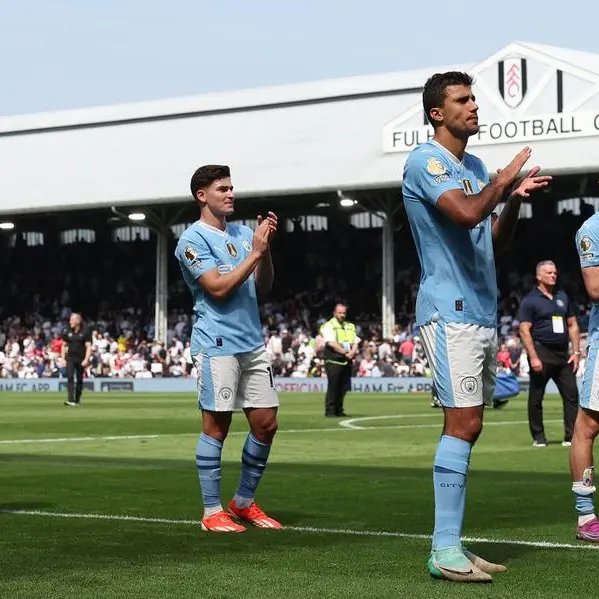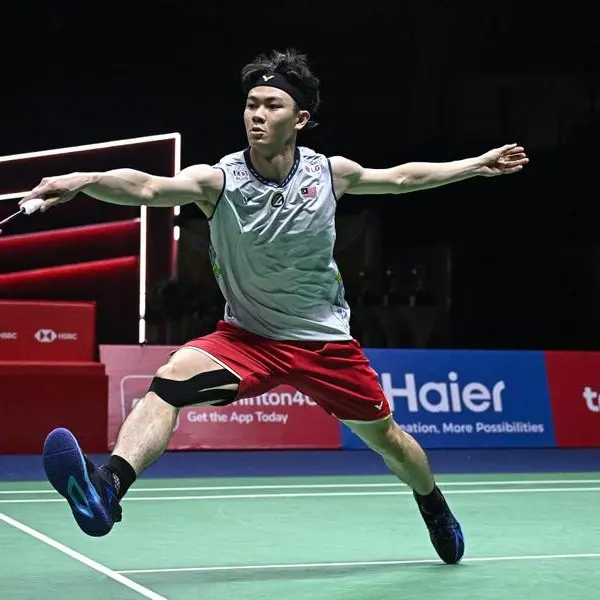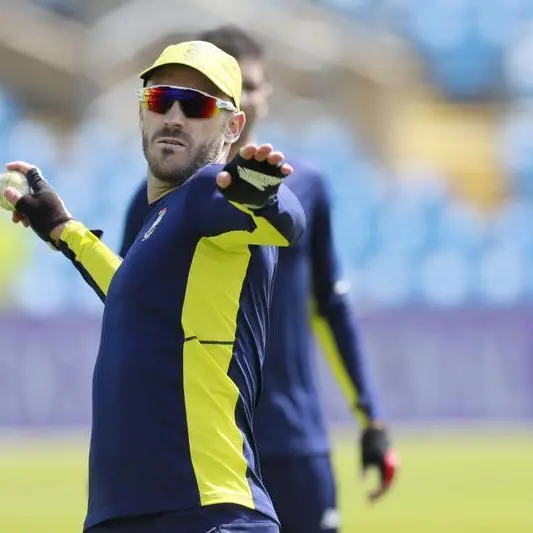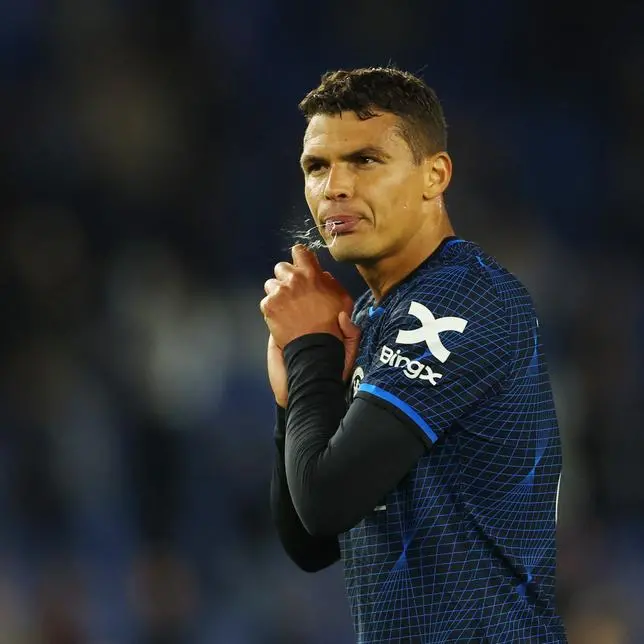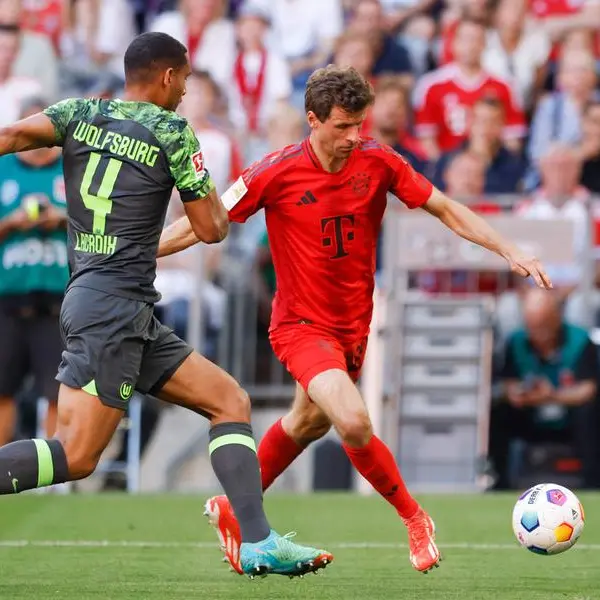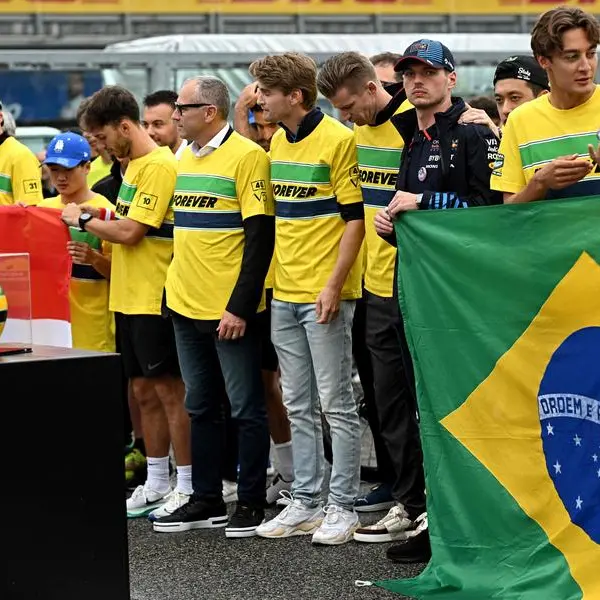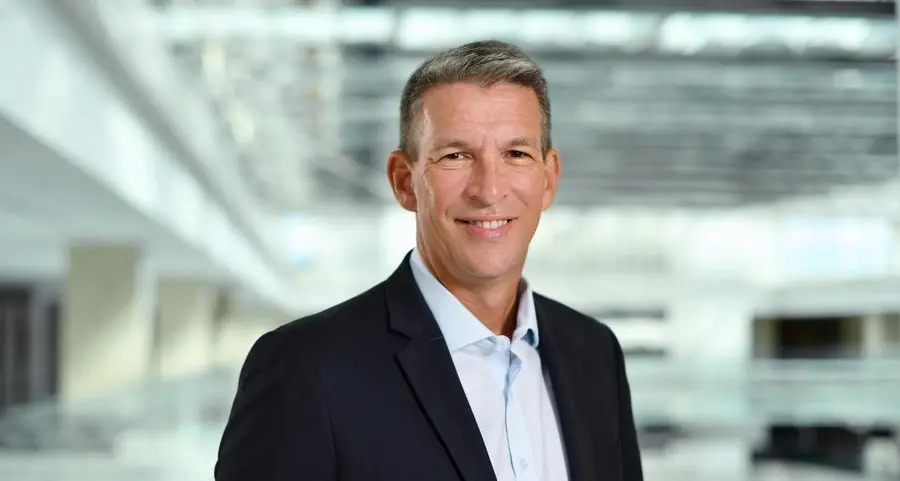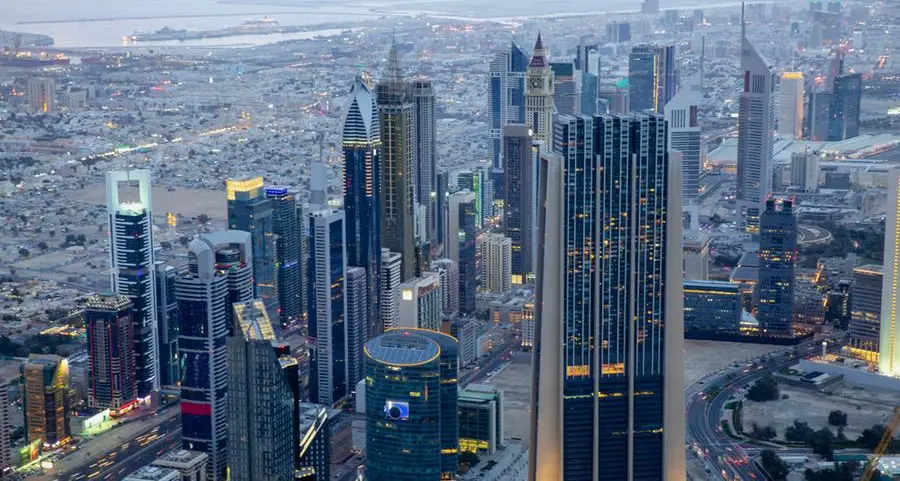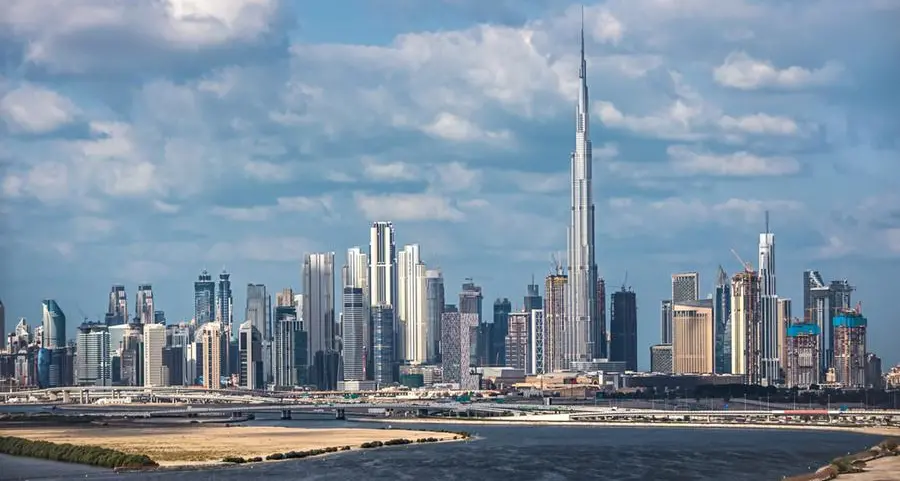PHOTO
Keeping the shot close to her neck, Valerie Adams found her balance and rhythm in the throwing motion as she threw the spherical ball into the air with all her might.
The Kiwi shot putter’s best effort (19.62m) failed to match American Raven Saunders’ 19.79m and China’s Lijiao Gong (20.58m) was simply untouchable on that summer night at the 2020 Tokyo Olympics.
But it was Adams who wore the biggest smile on the podium, proudly holding her bronze medal on one hand and a picture of her two children on the other.
The mother of two had just accomplished the mission impossible at 36, roaring back to prime fitness following three critical abdominal surgeries which almost pushed her to the brink of retirement.
No wonder the memory of that Tokyo bronze still brings a lump to her throat. It also explains why the title of the documentary made on her life is apt: Dame Valerie Adams: More Than Gold.
“That bronze medal is very special because I had gone through a lot to inspire my children,” she says.
Born to an English father and a Tongan mother who died when she was only 15, Adams says the Tokyo bronze gave her far bigger joy than the two Olympic gold medals (2008 and 2012) she won in Beijing and London and her eight world championships gold medals.
During an exclusive interview with City Times, this iconic athlete also opened up about young Arab women who are striving to break the glass ceiling in the world of sports and why female athletes need to know the limits of their bodies after having a child.
Young athletes probably have butterflies when they get to meet a champion like you. You met so many of them recently in India when you went there as the ambassador for TCS World 10K Bengaluru. What did you tell those kids to motivate them?
It was very humbling for me (in India) because I got the opportunity to see runners from all parts of India and runners of all shapes and sizes. You know whenever I meet youngsters, they get very excited and they ask me what it takes to become an Olympic gold medallist, they want to know my training regime. I just let them know that if they want to do something, they must find something that they love, and be passionate about, and also be prepared to work very hard to achieve those goals because if it was easy, everybody would be an Olympic gold medallist. So I always love my interactions with kids. I was with my Olympic gold medals (in Bengaluru), I took them to the tracks, I let them touch them, I let them wear them. You know it gave them so much joy, they would probably remember this for a long time!
Not a lot of these kids probably know that your journey to those gold medals was fraught with huge obstacles. You lost your mother when you were just 15, it could have broken you into pieces.How did you pick yourself up to become one of the greatest athletes of all time?
There was no secret, unfortunately for me, there was trauma in my life, losing my mum at the age of 15. I think that was my secret, wanting to break the bias, wanting to control the narrative, wanting to break the cycle, and losing your mother at such a young age, having to grow up so quickly. I came from a very low socio-economic area, with not a lot of money, I was a benefit child in a state house, next to nothing, no food, no extras, I could have gone down when I lost my mum, but I decided to pursue a dream and made a decision that I was going to follow the path and do whatever I can to provide a bit of life for myself, to provide a bit of opportunity to break the cycle. If I ended up having children, I would not have been able to provide for them. I wanted to provide for them a home which they could always call home, so that’s my secret to have been able to stay as resilient and as determined and as passionate as I have been.
It’s been more than two years since you retired. Looking back, was the Tokyo bronze the most fulfilling experience of your life as a female athlete?
100 per cent. To go through, what I have gone through, to have two kids and to be able to compete at the Games. I was a lot older, so some of the younger girls were like ‘She is not really here for anything’. But my experience, my determination, and my competition craziness came into play because I am not a numbers person, I don’t turn up at competitions just to be a number, I turn up to perform. And so when I won that bronze medal, it was the most exhilarating feeling in my whole career because all of a sudden, I am standing there, having survived three major operations on my abdominal with two children, and their photo right there on one hand and the bronze medal on the other, it was the most amazing feeling ever. And as a mother, and as a woman, I hope to be that inspiration, to inspire the next generation of females coming through that it’s possible to come back after having a child and achieve a high level of performance.
How challenging is it for female athletes to regain top form and fitness for an event like the Olympics after becoming a mother?
I think it’s different for everybody, each mother knows what their bodies are capable of. My pain threshold is very very high. Six months after having my daughter by C-section, I was at the Commonwealth Games, this is unheard of. Some find it a little bit silly, but I knew the limits of my body, the normal mums, are told not to touch anything, or lift anything for like six weeks or so. But you would know exactly how fast you can push yourself, so never let having children be a limiting factor, just work with it and you would know what exactly your body needs.
You carried New Zealand on your broad shoulders in women’s shot put, which was always dominated by the eastern European countries. Now you must be happy to know the inspiring stories of young Arab women like Hattan Alsaif who lost her parents very early and battled depression before becoming the first female MMA fighter from Saudi Arabia. Then you have Ons Jabeur who never had top-class tennis facilities in Tunisia and yet she became the first Arab player to reach Grand Slam singles finals…
I am extremely happy with these stories. We just need to make sure that we foster their development. Hopefully, they will be a role model for the next generation coming through, and hoping that they open up spaces that other female athletes (from the region) can fill. The biggest issue is something that I see personally is that it takes someone in a leadership role to open up safe spaces, and help these women athletes, and administrators, to navigate these spaces, to get them involved. This is still a lot of work to be done, but they are heading in the right direction. Hopefully, this gets better and better and next time, if we do talk in 5-10 years' time, you can tell me that this is now normal. It’s no big deal anymore and that we have made so much progress.
You spoke about changes coming from people in leadership roles. So who had the biggest influence in your life?
My mother. She really inspired me because I had a very difficult life growing up and I took a lot of inspiration from her own upbringing, she sacrificed her own choice when she was told to marry my father and come to New Zealand and give her family a better life. That’s inspiring to be able to do that, sacrificing your choice. I hope to become half the woman she was. It’s the same with the Saudi female MMA fighter you spoke about. She has an amazing story, and we just need to open up spaces for these stories to be told at a public level, internationally because that’s going to be inspiring, and it’s going to change lives.
Copyright © 2022 Khaleej Times. All Rights Reserved. Provided by SyndiGate Media Inc. (Syndigate.info).
